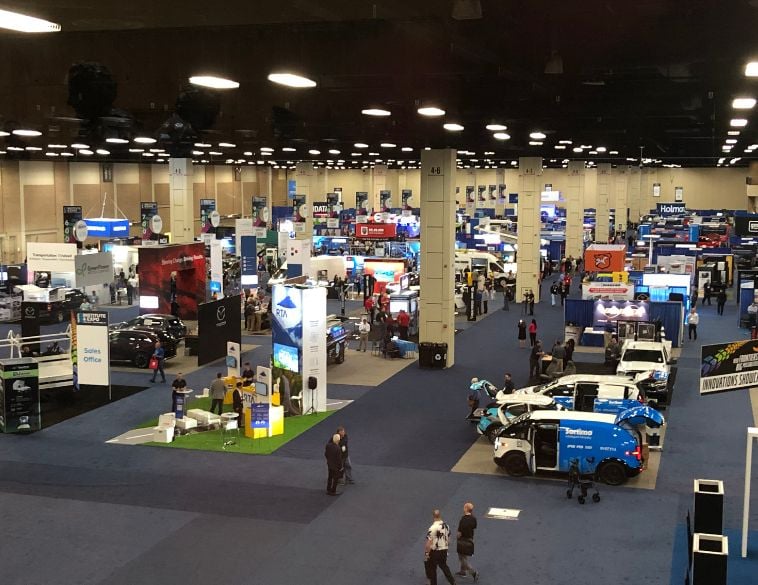Finding vehicles is an ongoing challenge.
One thing that fleets have in common right now, both North and South of the border, is the struggle to acquire vehicles. This challenge applies to new or used, Internal Combustion Engine (ICE) or Electric Vehicles (EV) and is expected to continue through 2023.
Perfect storm
The shortages are attributed to a ‘perfect storm’ of factors that cut supply as demand increased. Supply initially retracted during COVID-19 as organizations stopped regular activities, including fleet replacement and parts orders, and limited non-essential contact and operations. Manufacturers, including those of microchips essential for new vehicles, shifted their production to support industries that were expanding such as personal entertainment. Demand for vehicles, however, rebounded quite quickly while supply has proven to be much more inelastic and is still lagging.
What does this mean for fleets? Fleets are heavily impacted by this unprecedented situation and are struggling with order times, prices, and the ability to meet sustainable goals.
Orders
Just looking at light-duty vehicles, Canada produced approximately 2.2 million annually from 2009-2019. In 2020 and 2021, this number dropped to 1.4 million and 1.2 million. In many cases, dealers will not even take an order, or will only accept an order at premium prices. Outside of the light-duty market, this problem is more severe. A recent client advised that their order cycle for bucket trucks had increased from approximately 10 months to 3.5 years.
Prices
On the consumer side, new vehicle prices were up 12% from January 2021 to January 2022 and used vehicle prices were up over 40%. More than 82% of consumers paid over sticker value compared to less than 3% in the previous year. Most fleets are operating on budgets that have been slashed due to other priorities during the pandemic. Their fleet dollars will not go nearly as far as before, and they will soon be dealing with increased maintenance costs and downtime due to an aging fleet.
Sustainable goals
Many organizations have established greenhouse gas reduction targets for 2030 and 2050 in line with federal mandates. The realization of these targets is dependent on converting their fleets to electric vehicles. The Zero Emission Vehicle Availability Estimating Inventories in Canada: 2020/2021 Report shows that EV options have increased but more than half the dealers in Canada have no inventory. In fact, only 18% of dealers outside British Columbia, Ontario or Quebec have any inventory.
How should fleets respond to these challenges? The basics of successful fleet management are to buy vehicles at the best price possible, take good care of them while in service, and remarket them at the optimum time (when the Total Cost of Ownership (TCO) is the lowest). Fleet Managers cannot follow this formula when new vehicles simply are not available and when there is no timeline for when replacements might come available. There are no magic solutions, but a few guidelines may help:
- Get orders in. The supply crisis seemed to happen overnight, but industry experts believe it will take longer to resolve so ‘waiting it out’ is not a realistic option for most organizations. Paying the full price, or even a premium may be offset with higher values on used vehicles and the reduced maintenance costs of introducing new vehicles to the fleet.
- Don’t sell your used vehicles until replacements are available. With the used market experiencing significant price increases, it is tempting to take advantage. However, with the lack of certainty surrounding delivery times, fleet managers should be wary of disposing of vehicles prematurely.
- Educate decision-makers. Most people will have a general understanding of the supply shortage from the media but may not appreciate the severity and prolonged timeline of the problem. Organizations need to do their own research, speak to their suppliers and make their own assumptions to guide their purchasing and retention decisions.
Three years ago, one of the top concerns of many fleets was getting adequate replacement funds. Now the issue has shifted—as even with what would have been considered ‘adequate’ funds—vehicle supply is insufficient to meet demand—an unprecedented challenge that was difficult to predict.



